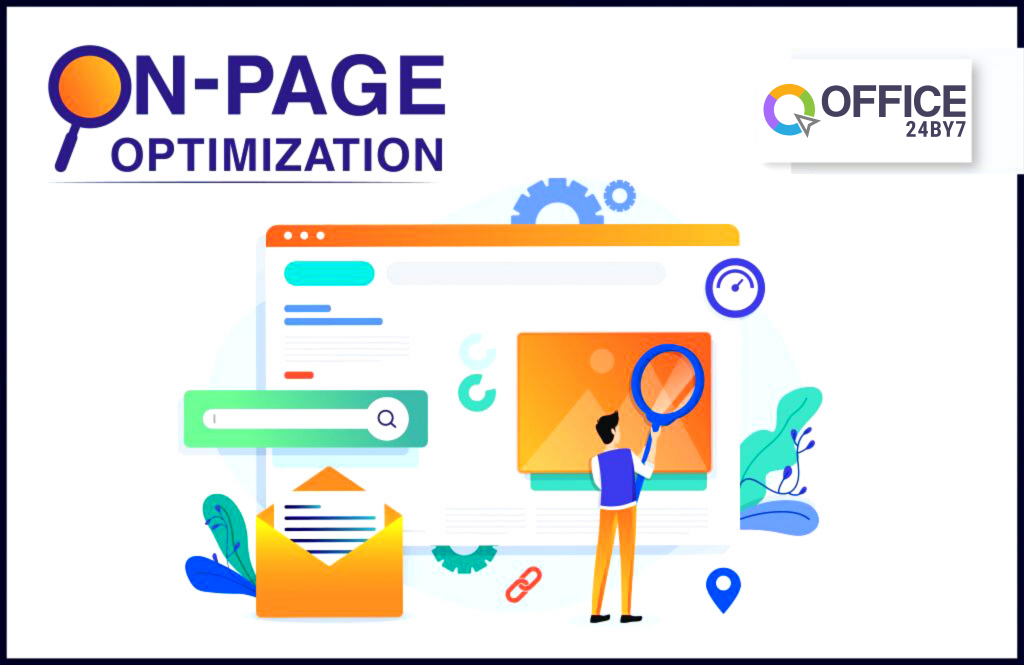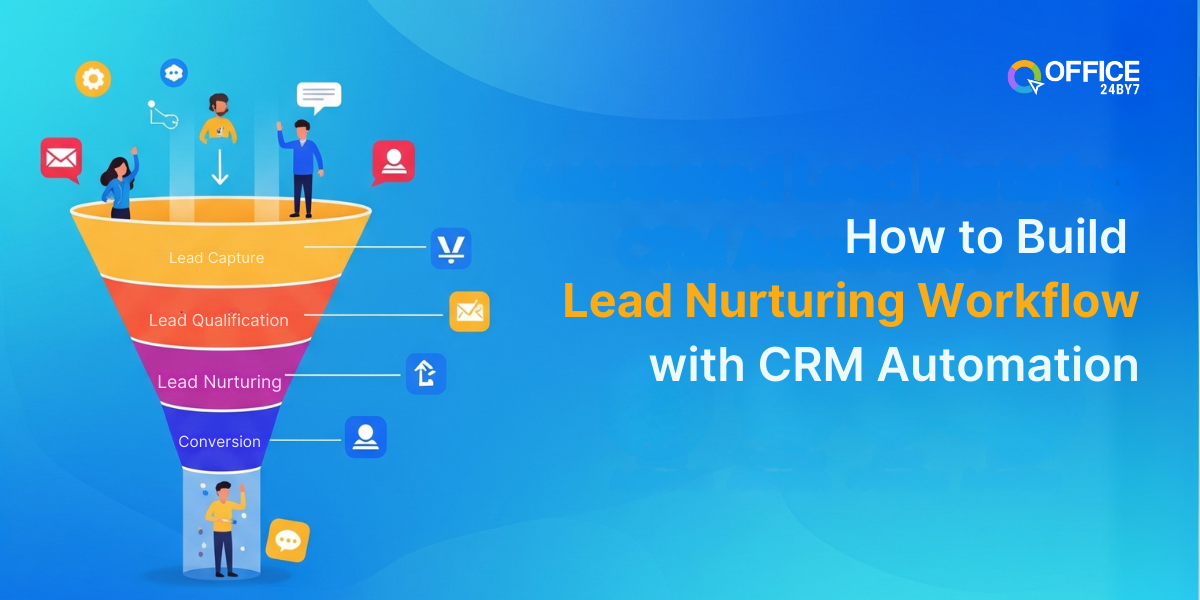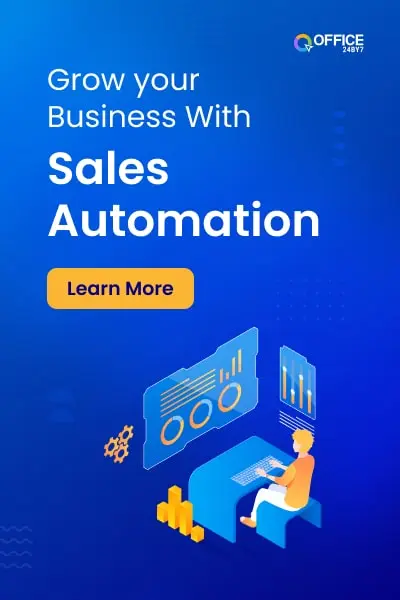Search Engine Optimization is a set of techniques and strategies designed with an aim to increase the traffic towards a website with a top rank in search engine result pages. In plain parlance, it is nothing but a mix of practices to increase the website traffic, both by quality and quantity-wise.
SEO is compulsory for better search ranking and traffic. On-page optimization and off-page optimization form the main components of any SEO strategy. Both cover different aspects of SEO to influence search ranking yet together the two are critical for the success of the SEO campaign.
What is On-page Optimization?
On-page optimization is the practice of optimizing a particular website with an aim to garner relevant traffic from the search engines. It refers to design, content and HTML codes of the page.
Most of the basic search optimization falls under the on-page optimization. Also, on-page SEO refers to the measures which you can take from your side, directly on the website.
Here, you have total control over it and you can change to the best effect keeping the search engine ranking in mind. Whereas most of the other SEO factors clearly depend on search engine algorithms.
On-page optimization is essential for good search ranking. It also influences the off-page optimization strategies to be successful to a certain extent. After all, nobody likes to link their articles to a site which is not built correct or where content is shoddy.
If you can manage to create a wonderful site with best U/X and well-written content, besides fine coding, you have done half the job of SEO.
Let’s examine different factors which influence the On-page optimization.
Meta Description
Meta description is a short description which contains the main business keywords. It appears below the URL in the search results. It describes, often summarizes the products and services you offer. It gives the gist of the content on the page or website. It is important that it should contain the main keywords.
Of course, you can’t stuff it with all the related keywords as there is a character limit. Also, it needs to be written creatively, because in the search results it is what going to convince a user to click a particular site.
So, optimizing the meta description comes foremost in the on-page SEO.
Content and keywords
Content plays a key role in the entire web world as well as in the Search Engine Optimization, as the idea of websites is driven by written words.
Succinctly written content anywhere attracts the readers, it would all the more on a website.
From users as well as search engines, good content is always rewarded with high traffic. Search engines read the content of a website and stores in their index.
The content should be clear and crisp. It should lucid enough to read and provide the information visitor looking for.
Content should also be organized into different themes, sub-themes and placed appropriately too. The easier it is to read the best it would be.
As per the keywords, obviously, it is keywords with drive traffic over a search engine. Hence, each page should have good content with the due keywords.
It is the keywords which are ranked high in the search results by search engines.
Now, the focus has been even on other parameters, still, keywords play a critical role in SEO.
Now long phrase keywords are attracting good traffic.
Superior UX
User experience is another most important on-Page SEO factor. A Website should be easy for the users to understand and to navigate to other pages.
It should be easily discernible to the user where to click and how to navigate to the other pages. Search engines consider the best user experience providing sites for higher rankings.
Designing a beautiful site is what everyone aims for but, alongside that, it should also be user-friendly.
Also, it shouldn’t take too long to load the website and the pages. The quicker the page loads the more likely the user stay on the page.
UX plays a significant role in fetching good search ranking.
Internal Linking
Internal linking of the different pages on websites not only helps to navigate the user to know more but also helps the crawlers to read the content on inside pages and to indexing it.
It also helps to engage the visitor to stay long and gather the information he/she is looking for. Hence, interlinking of your site is important from the SEO point of view.
Alt Text for Images and Graphics
Alt Text is the word or phrase usually attributed to an image or a file on the website so that it could be indexed.
Unlike other content on the website, the Alt text is not visible, it is meant for SEO. Whatever the word or phrase is attributed to the image or file, the crawlers read and bring up when searched for the same word.
Alt text could be given to graphics as well.
It’s best to use keywords in the Alt text and make sure that it describes the image accurately.
Title Tags and Headings
Title tag refers to a web page’s title. It is displayed in the search results above the URL. Likewise, there would quite a few other subheads on the pages when describing a particular aspect of a product, service or issue. These could be indexed as H1 and H2 from SEO point of view.
Headings on the website are displayed prominently. Often a heading gives a sense of what it the page is all about. So search engines give slightly higher importance to the headings. Hence an important factor.
We discussed the importance of URL structure in SEO here.
Let’s join with as automation software tool Office24by7 to grow your businesses.



